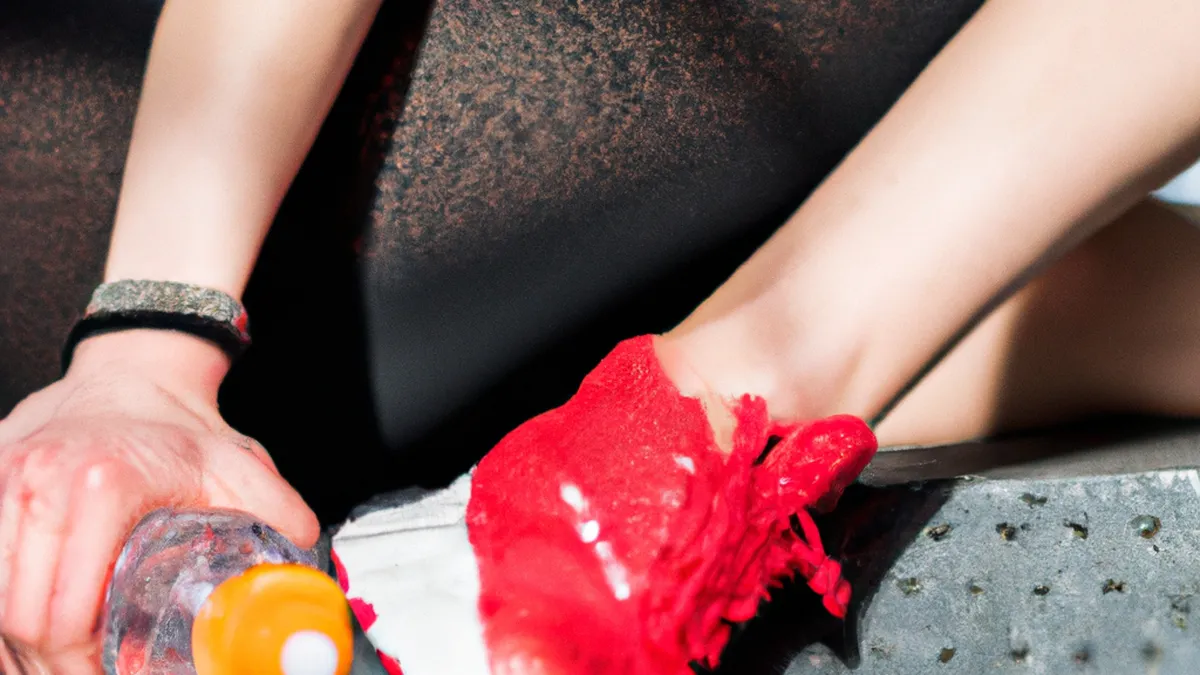Recover Faster with Effective Compression Wear
The Benefits of Compression Gear for Strength Training Recovery
Strength training demands physical effort, pushing your muscles to their limits. Lifting weights, performing bodyweight exercises, and engaging in high-intensity interval training stress your muscles. This stress leads to soreness, fatigue, and longer recovery times. Athletes and fitness enthusiasts seek ways to enhance post-workout recovery. Compression gear has become a popular solution. This post explores compression gear’s benefits for recovery after strength training, how it works, and tips for effective use.
Gear tip: consider resistance bands, foam roller and yoga mat to support this workout.
What is Compression Gear?
Compression gear includes tight-fitting clothing that applies pressure to specific body areas. This gear comes in sleeves, socks, shorts, and full-body suits. Made from elastic materials like spandex or nylon, compression gear fits snugly against the skin. Its primary purpose is to enhance performance and support recovery by improving circulation, reducing muscle vibration, and supporting muscles and joints.
How Compression Gear Aids Recovery
Enhances Blood Circulation
Compression gear significantly enhances blood circulation. Wearing compression clothing applies pressure to your muscles, improving venous return. Improved circulation delivers oxygen and essential nutrients more efficiently to your muscles, crucial for recovery. Increased blood flow also helps remove metabolic waste products like lactic acid, reducing muscle soreness.
Reduces Muscle Soreness
Delayed onset muscle soreness (DOMS) often occurs after intense strength training. This soreness can hinder your performance in subsequent workouts. Compression gear helps reduce DOMS severity. By applying consistent pressure, compression clothing minimizes inflammation and discomfort, allowing faster recovery and less pain.
Supports Muscle Stability
Compression gear provides additional support to your muscles and joints. During strength training, various forces and strains affect your muscles. Compression gear stabilizes these muscles, reducing injury risk and offering security during workouts. Supported muscles allow you to focus on performance without discomfort or instability distractions.
Maintains Optimal Muscle Temperature
Compression gear helps regulate muscle temperature during and after workouts. By keeping muscles warm, compression clothing enhances flexibility and reduces injury risk. In colder environments, compression gear insulates muscles, helping maintain optimal temperature during training. Proper temperature regulation facilitates faster recovery by preventing excessive muscle cooling after exercise.
Tips for Using Compression Gear Effectively
Choose the Right Fit
Selecting the correct size and fit is critical for effective compression gear use.
Conclusion
Compression gear enhances recovery by improving circulation, reducing soreness, providing support, and maintaining optimal temperature.
Below are related products based on this post:
FAQ
What types of compression gear are available for strength training recovery?
Compression gear comes in various forms, including sleeves, socks, shorts, and full-body suits. These tight-fitting clothing items are made from elastic materials like spandex or nylon and are designed to apply pressure to specific areas of the body to enhance performance and support recovery.
How does compression gear help reduce muscle soreness after workouts?
Compression gear helps reduce delayed onset muscle soreness (DOMS) by applying consistent pressure to the muscles, which minimizes inflammation and discomfort. This enhanced pressure improves blood circulation, allowing for quicker removal of metabolic waste products like lactic acid, ultimately leading to faster recovery and less pain.
Are there any tips for selecting and using compression gear effectively?
Choosing the right size and fit is crucial for effective use of compression gear. Ensure that the gear fits snugly against your skin without being overly restrictive. Proper fit will optimize the benefits of improved circulation, muscle support, and temperature regulation during and after your strength training sessions.















Post Comment